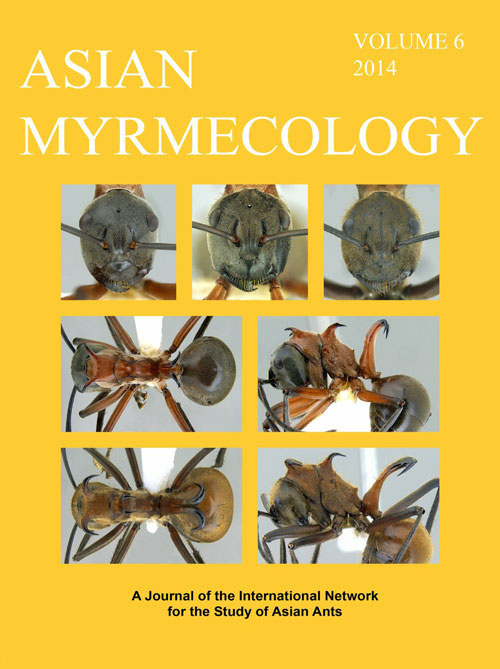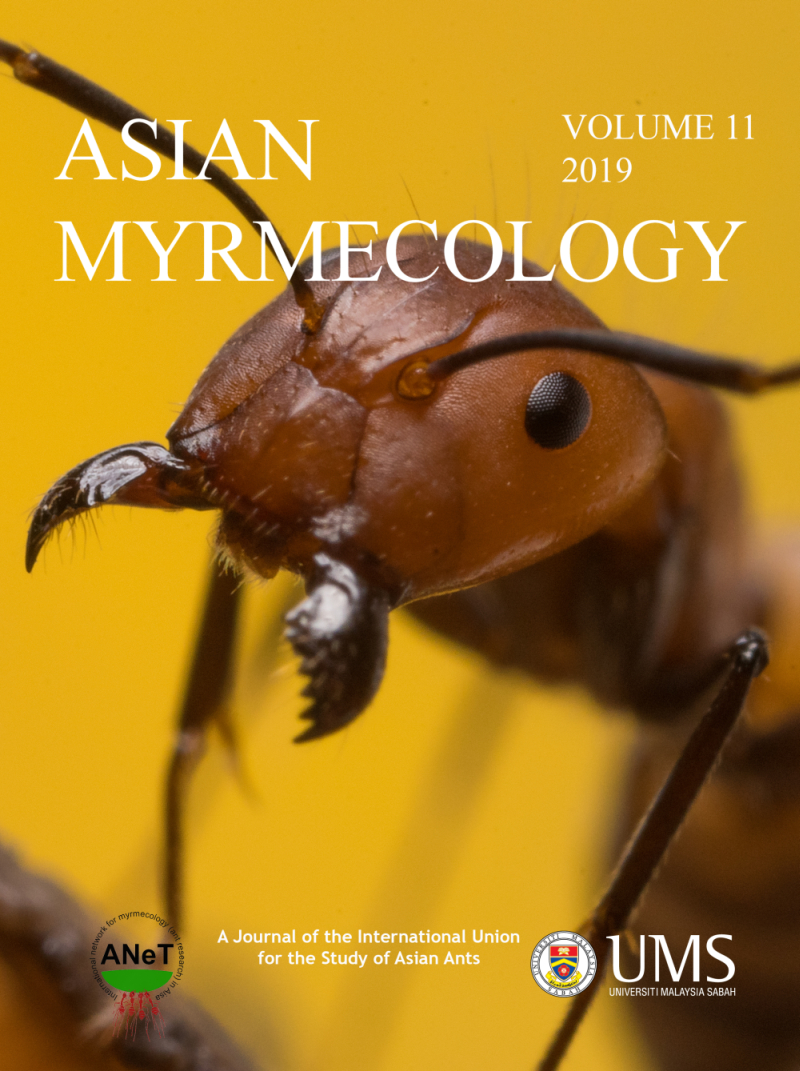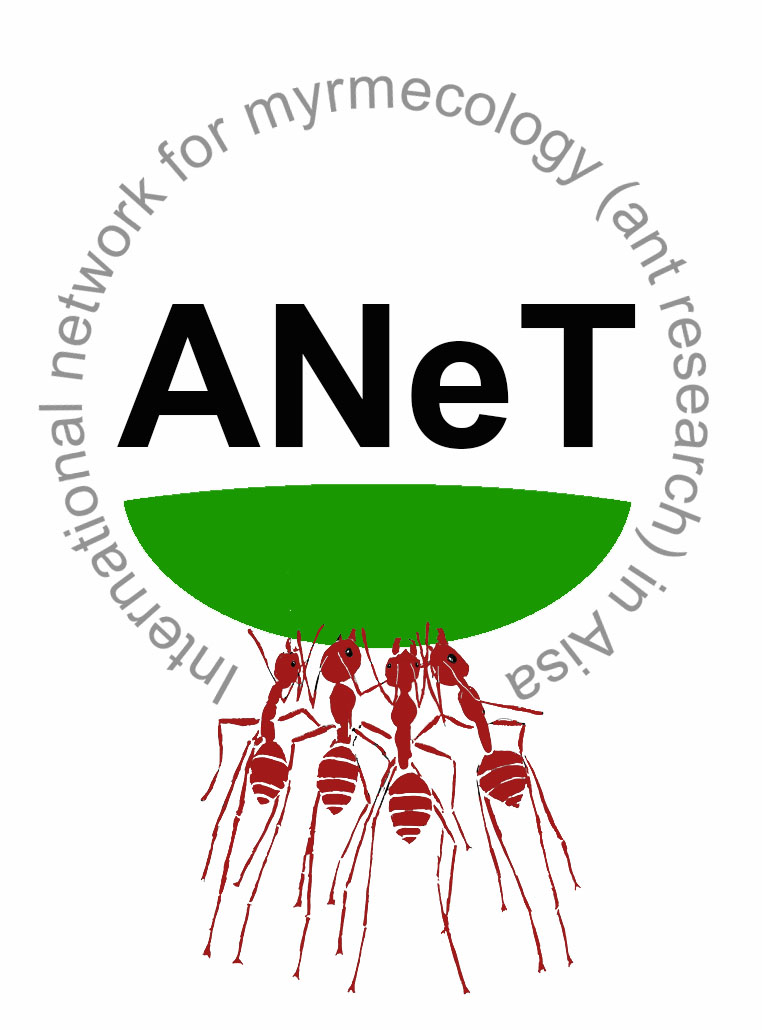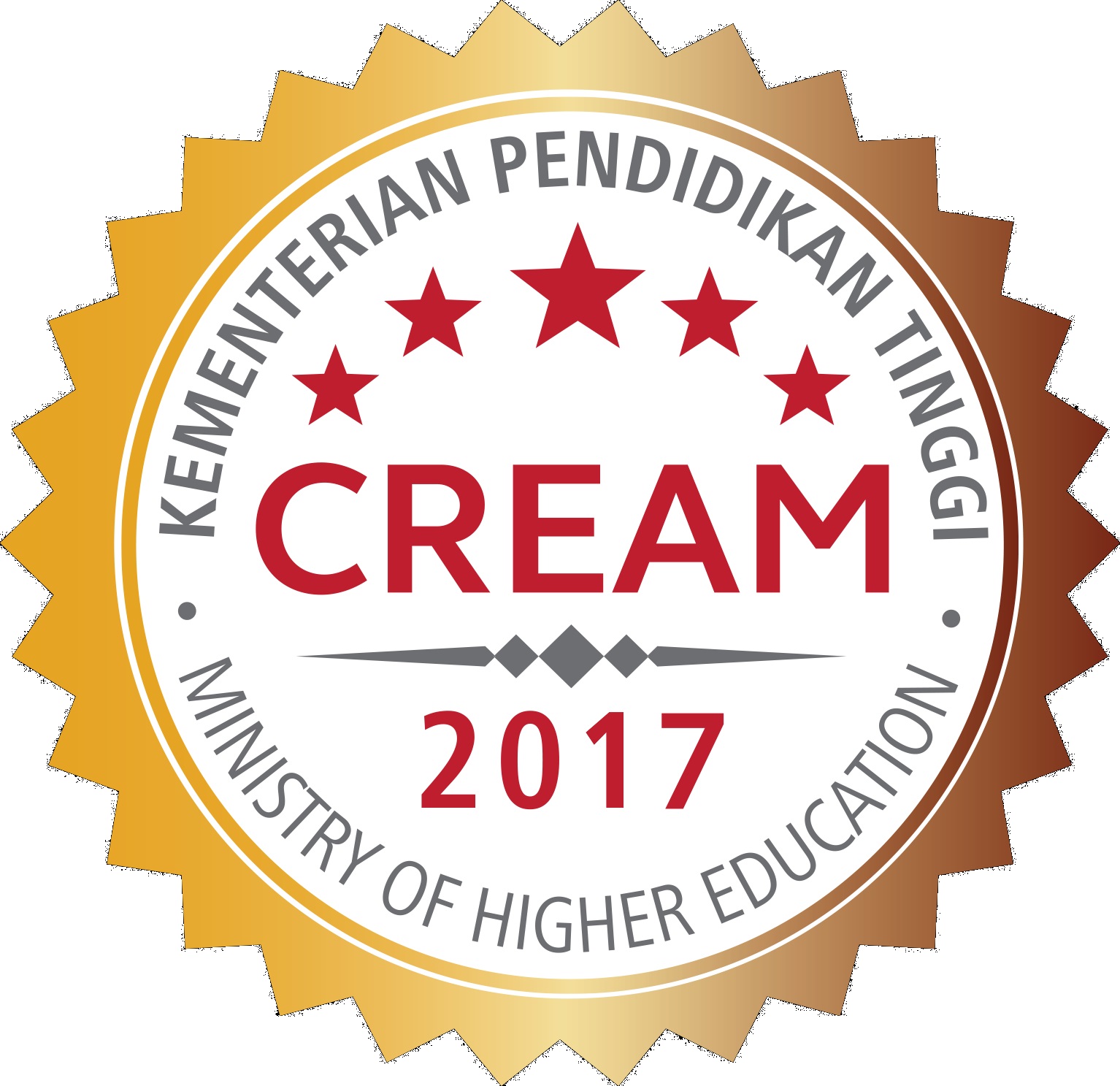ASIAN
MYRMECOLOGY
Image: François Brassard
Applied Myrmecology
Asian Myrmecology, Volume 6, pages 119-128, published June 2014
DOI: 10.20362/am.006011
The use of artificial nests by weaver ants: A preliminary field observation
JOACHIM OFFENBERG*
Abstract:
Weaver ants (Oecophylla spp.) are managed in tropical plantations for their biocontrol of pests and to produce ant larvae as a food source. Main management objectives are to increase ant densities and colony longevity. As weaver ant nests are susceptible to harsh weather, rain storms may decimate populations or destroy colonies. The ants, however, show adaptive nesting behaviour, which may mitigate storm impact. This study tested whether Oecophylla smaragdina was willing to use plastic bottles as safe artificial nesting sites, and whether adoption of artificial nests was seasonally related to harsh weather. Bottles were used for nesting throughout the stormy rainy season in a pomelo plantation with an open canopy, whereas in a mango plantation with a denser canopy the ants, after initial colonisation, left the bottles again at the end of the rainy season, especially in the calmer part of the plantation. This suggests that exposure to harsh weather triggered the use of artificial nests. It was also found that ants preferred to nest in bottles covered with aluminum foil compared to transparent bottles. These findings document an opportunistic nesting behaviour of weaver ants and suggest that provision of artificial nests may become a future tool in their management.
Keywords:
Oecophylla smaragdina, nesting behaviour, weaver ant management, biological control, entomophagy, ant farming, sustainable pest management
Get PDF (725K):
Department of Bioscience, Aarhus University, Vejlsoevej 25, DK-8600 Silkeborg, Denmark
*Corresponding author: joaf@dmu.dk



